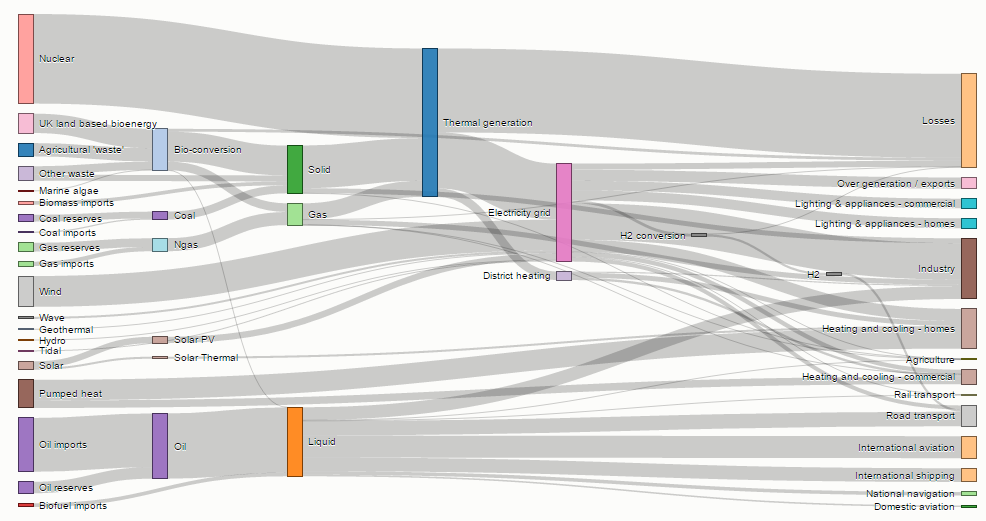Free CI for your ARM Projects
A new era for DIY Open Source IoT, led by Drone Cloud and Packet.

We’ve tinkered with quite a few DIY IoT solutions built for RPI and other ARM based platforms. One thing that has been a challenge for us has been maintaining code quality when developing on these platforms. We’ve resorted to building our own Raspberry PI build clusters using drone, and constantly ran into issue with missing ‘binaries’ and invested lots of time building binaries for tools we needed. We hope that this new effort from Drone.io and Packet, will allow us to finally de-commission our RPI build cluster.
Read more at TechCrunch
Spotlight on Martín Freytes
Today’s workplace no longer relies solely on in-person meetings and side-by-side workstations. Remote workers have revolutionized the ways employers seek out and hire employees. The best talent, no matter where in the world they live, is now available.
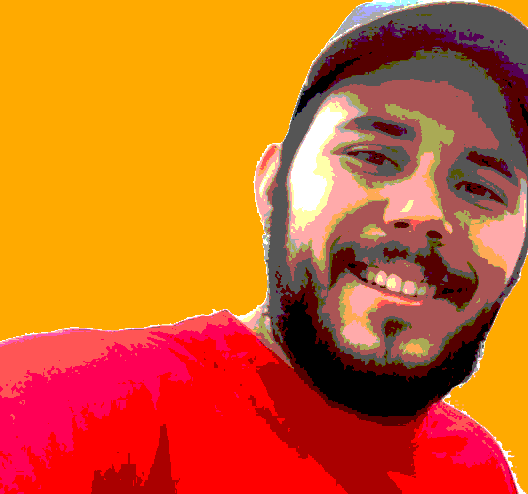
Spry Group took advantage of remote developers when they hired Martín Freytes in August 2015. Since then, Martín has contributed to a number of the company’s projects while continuing to live in Portugal. In this month’s employee spotlight, we talk with Martín about his career as a developer and how he sees himself growing with Spry Group.
Growing Into a Developer
Martín studied computer engineering at Simon Bolivar University in Venezuela. During those years, he studied web development on his own. While living in Venezuela, Martín worked at a retail company, where he developed a complete Intranet in Symfony.
Leveraging Open Data for Good: The HelpNYC Project
You’ve probably heard about Google’s 20 percent time. It’s what led to creations like Gmail. Now, schools are even contemplating converting one-fifth of their school day to personal project time.
At The Spry Group, we have a spinoff of that idea. It’s called Free Association Fridays (FAF). Yes, it’s as cool as it sounds. So what’s the purpose of FAF? During two or three Fridays every month, we work on personal passion projects. This allows us more time to be creative and work on things we care about.
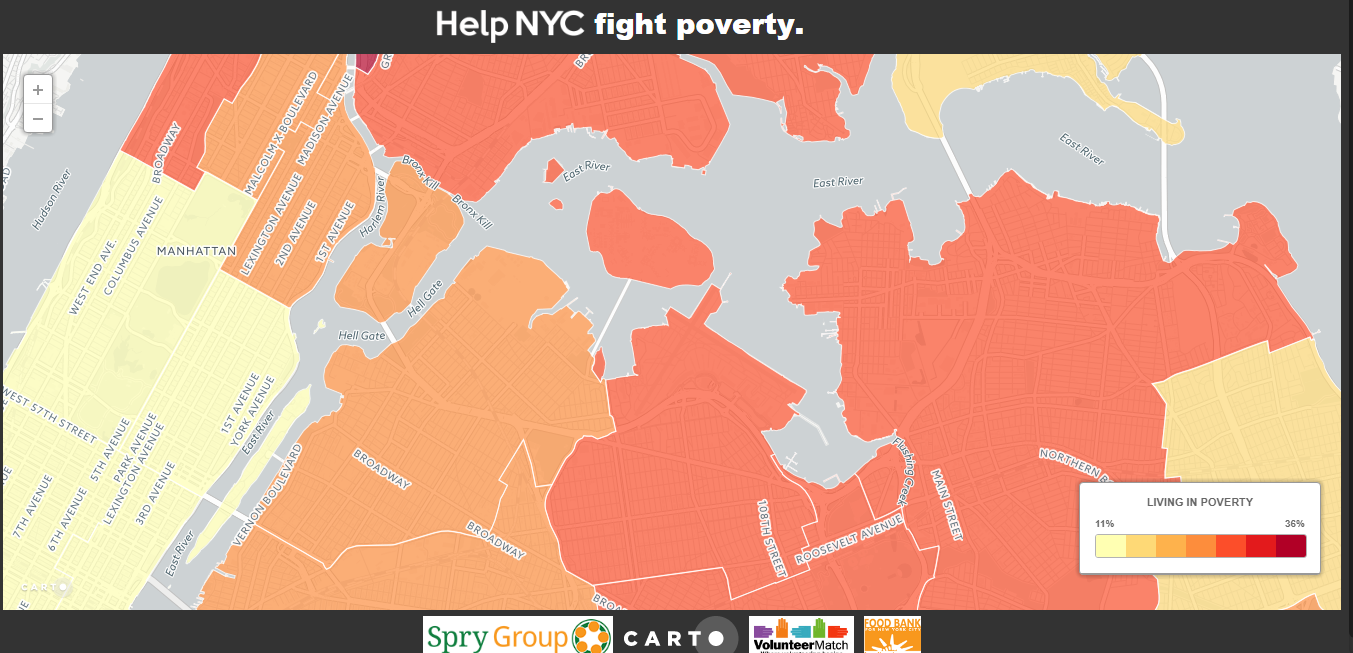
For Paolo Dvorchik, project manager and lead developer at The Spry Group, one of the results of FAF has been HelpNYC, a project which aims to drive civic engagement by showing people what problems afflict their neighborhoods and communities.
Spotlight on Sunburst Charts
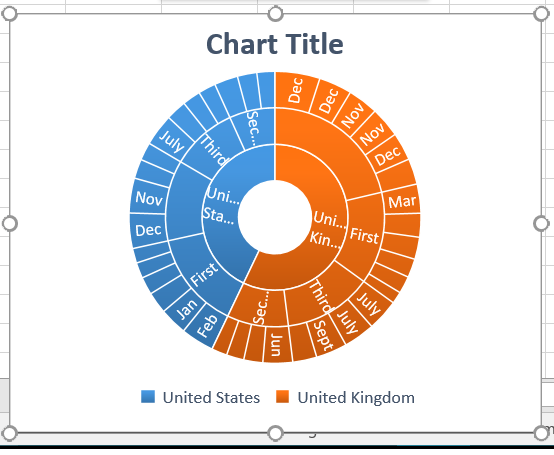
At Spry Group, we believe in the power of data visualization to help our clients make better business decisions. Many times, the question comes down to the visualization tool that’s best for the challenges they want to overcome.
When it comes to understanding hierarchal relationships, we strongly recommend the sunburst chart. This radial chart, a variation on the treemap, breaks out general categories into subsets to better understand what components make up or contribute to the whole. From understanding revenue sources to video game menus, the sunburst chart has many practical applications. We’ll take a look at some of the most important below.
Developer Tools Spotlight: Python
When developing new software applications, it’s crucial to choose the right tool for the job. At Spry, we have a variety of front-end and back-end languages in our toolkit, and we’re committed to matching our clients’ needs to the most effective language.

In this post, the first in a series on the developer tools that help us do what we do, we’ll take a closer look at the Python language. We’ll discuss what makes Python different from other programming languages, and why it suits our needs.
8 DIY Marketing tricks for Makers
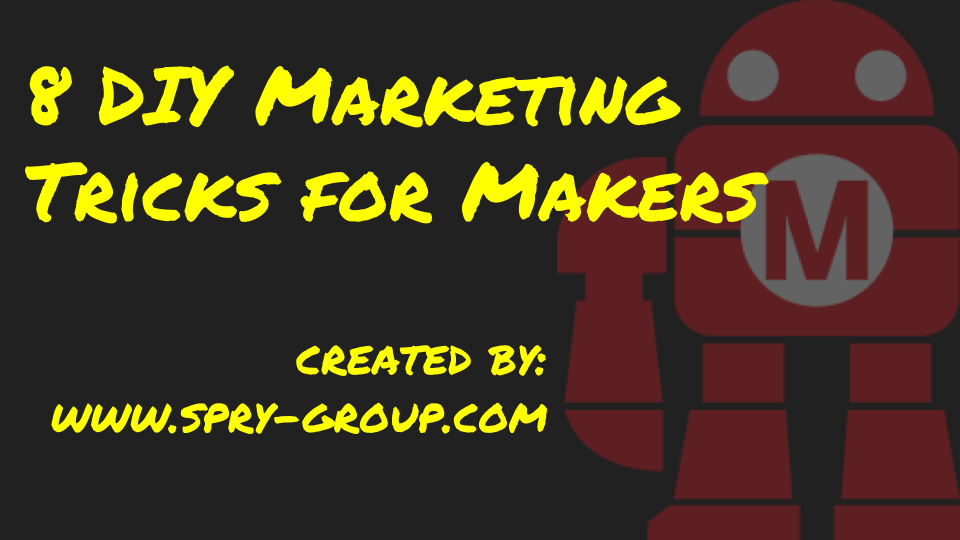
-
Journal your journey.
Use your blog to talk about your experience building your product. Share pictures of the process. Share both your successes and setbacks. Create a story people want to follow that connects them to you, your journey and your product. Publish to your blog first, then promote it on all of your social media.
-
Use online forums to get the word out.
Find forums where the users of your products hang out. Solicit feedback, offer advice, engage in discussions you genuinely find interesting. Online forums are great because they allow you to reach a pre-existing audience. Put a link to your store in your signature. Avoid trolls and flame wars.
Spotlight on Paolo Dvorchik

From our origin, the Spry Group has been dedicated to creating projects that improve our society. Paolo Dvorchik, one of our partners, has always been on the forefront of this mission.
Today he serves as Lead Developer, Project Manager, and Creative Director on various Spry Group projects. For this month’s employee spotlight, we met with Paolo to discuss his story. From his humble beginnings to his work with us today, Paolo has shown the kind of differences one person can make given the right opportunity.
From Construction Worker to Partner
Before he even considered a career as a programmer, Paolo worked in construction from the time he was a teenager. To put it lightly, it wasn’t his favorite job. He often endured terrible work safety conditions and low pay. “It’s not an exaggeration to say that I came within seconds of dying on multiple different occasions,” Dvorchik said. Nevertheless, Paolo was able to find the good in his work.
“It instilled in me a strong work ethic from a very early age, and I got a real sense of satisfaction from seeing what I had completed at the end of each day.”
Client Check-in: EnerKnol User Experience

Ahead of the 5th annual New York Energy Week (June 19-22), we at the Spry Group checked in with EnerKnol, the creator of NYEW, to see how its user interface had developed since our consultation last year.
Sustainability Hackathon 2017 hosted by CoClear and DSI
Friday May 31, 2017 developers enjoyed an entire day of learning and coding at Sustainability Hackathon, hosted by CoClear in partnership with Columbia University’s Data Science Institute (DSI) and CDP (formerly the Carbon Disclosure Project). The 18 students learned about D3, and created successful visualizations of product data with the overarching goal of encouraging more sustainable energy practices and reduction of carbon emissions on a per product basis.
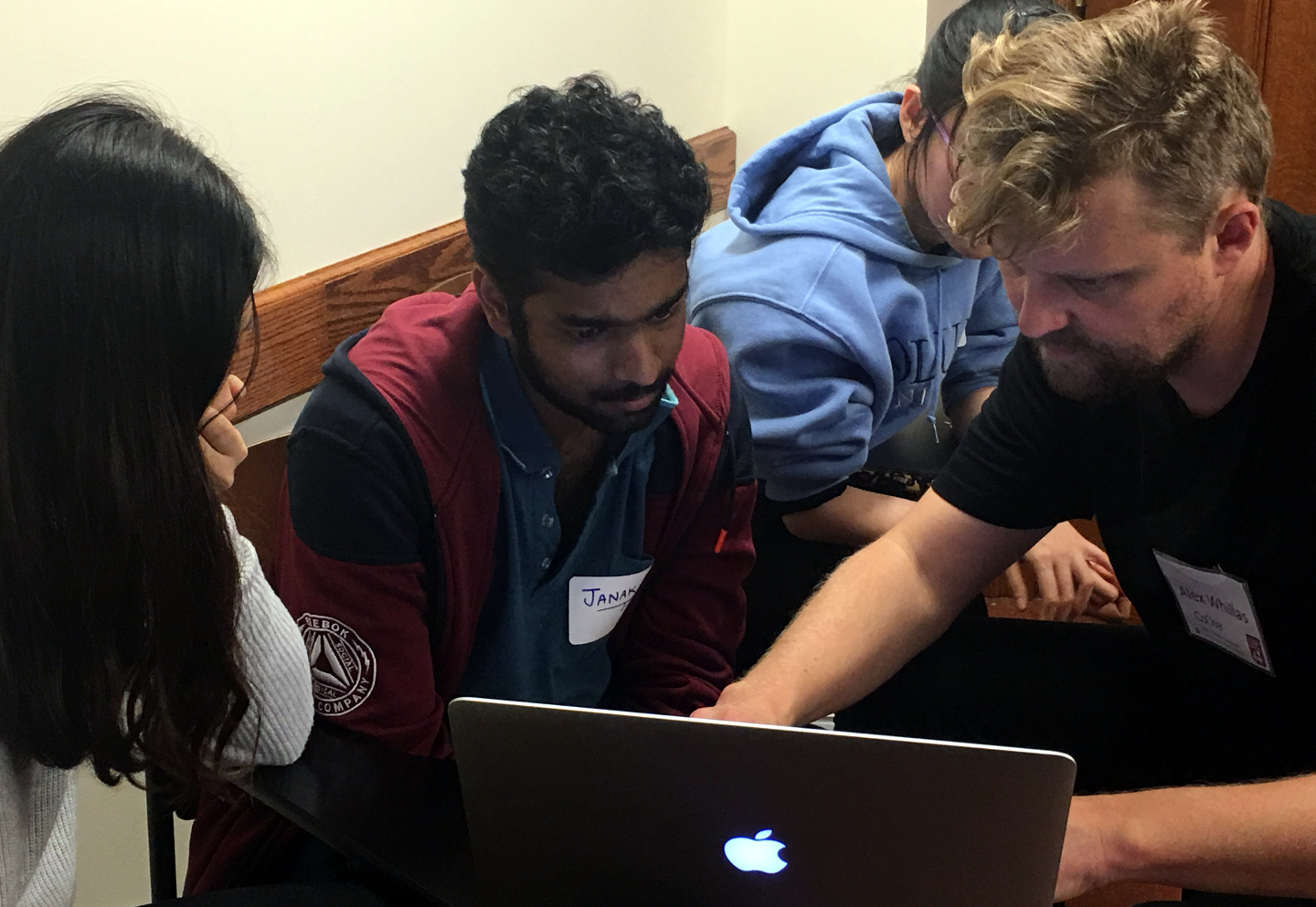
Data Visualization: Box Plots
At Spry Group, we like to use the right visualization tool for the right project. Sometimes charts like Sankey diagrams or sunburst charts are needed to visualize relationships between intricate systems. Other times, it’s best to go simple.
When it comes to understanding the key findings from statistical datasets, we recommend the box plot. Also known as the box chart or whisker plot, this chart visually lays out data by quartile and plots outliers. When working on several experiments, it’s key for visualizing the changes in multiple data points.
Let’s take a look at how box plots are used today.
The Growing Importance of Smart Cities
By the year 2050, the world’s population is projected to be 9.7 billion (with two-thirds living in urban environments. Consider just how saturated cities are already, then factor in their environmental impact. There’s no avoiding it; growing urban areas will only increase the burden on governments and residents alike.
Nevertheless, organizations including the Institute of Electrical and Electronics Engineers (IEEE) are taking steps to create what are called “Smart Cities.” According to the IEEE’s site, smart cities aim to combine government, society, and technology (specifically, the Internet of Things) to address these issues. Today we’re going to examine the technology already transforming today’s cities into smart ones.
Spotlight on Andy Zickler

At Spry Group, we do more than just create great software programs and apps. We take on projects that solve real problems, like using big data and IoT to solve energy inefficiencies. This goal is what motivates the team to get up and innovate every day. That’s certainly true for one of the company’s founding partners, Andy Zickler.
For this month’s employee spotlight, we talked with Andy Zickler, who now serves as the company’s senior developer. In this interview, he tells us about his education and work background, as well as what led him to join Spry Group at its beginning. We also get some cool tidbits on what he’s doing when he’s not at work (board games, anyone?).
From a job writing apps for Android to his work at Spry Group today, Andy’s story shows the great things that can be achieved when you stay on your toes, ready to learn and seize new opportunities.
2016 Year in Review

Our revenue has doubled this year, as has our team. We started exploring new lines of business. Our internal processes and practices have matured. One of our partners withdrew. We shuttered a joint venture. We went on our first company retreat. We’ve proudly launched new projects. In the process, we’ve learned more about ourselves and verbalized what we want to be doing.
How Sankey Diagrams transformed data visualization
The Spry Group believes in the power of data visualization.
Of course, our solutions are built from tools developed long before us. The Sankey Diagram, for example, helps visualize the amount of flow through a system. First used in the mid-1800’s, the Sankey diagram has gone on to help companies understand the flow of energy or costs from one step to another.
Today we’re going to spotlight the Sankey Diagram and show why it’s more useful than ever today.
Understanding the Sankey Diagram
We’ve all seen flowcharts. Arrows and boxes serve to show a how a process moves from one step to another. Sankey Diagrams are a type of flowchart, where the arrows’ width is proportionate to the quantity passing through.
Let’s take an example of a proposed UK energy production and consumption scenario in 2050. To understand how it works, take a look at the left and right axes. They are energy sources and demand sectors, respectively. The width of the arrows corresponds to the proportion of energy coming from that energy source.
We can see in this example that nuclear and oil imports are the largest energy sources in 2050. We can also see certain sources, such as bio-conversion and thermal, hovering in the middle of the Sankey diagram. These nodes represent energy sources that are created from others earlier in the network. Bio-conversion, for example, is created from bioenergy, agricultural waste, and other waste.
Pax Solaria, “Future of Humanity: The Digital Divide

Pax Solaria and Spry Group combine forces Sept. 24, 2016 from 2:30pm -8pm to bring you: Future of Humanity Conference: The Digital Divide. Spry Group is proud to be a title sponsor of this Pax Solaria event on innovative technology held at Arts on Site (near St. Mark’s in Manhattan).
Let us tell you about a platform called Type Network
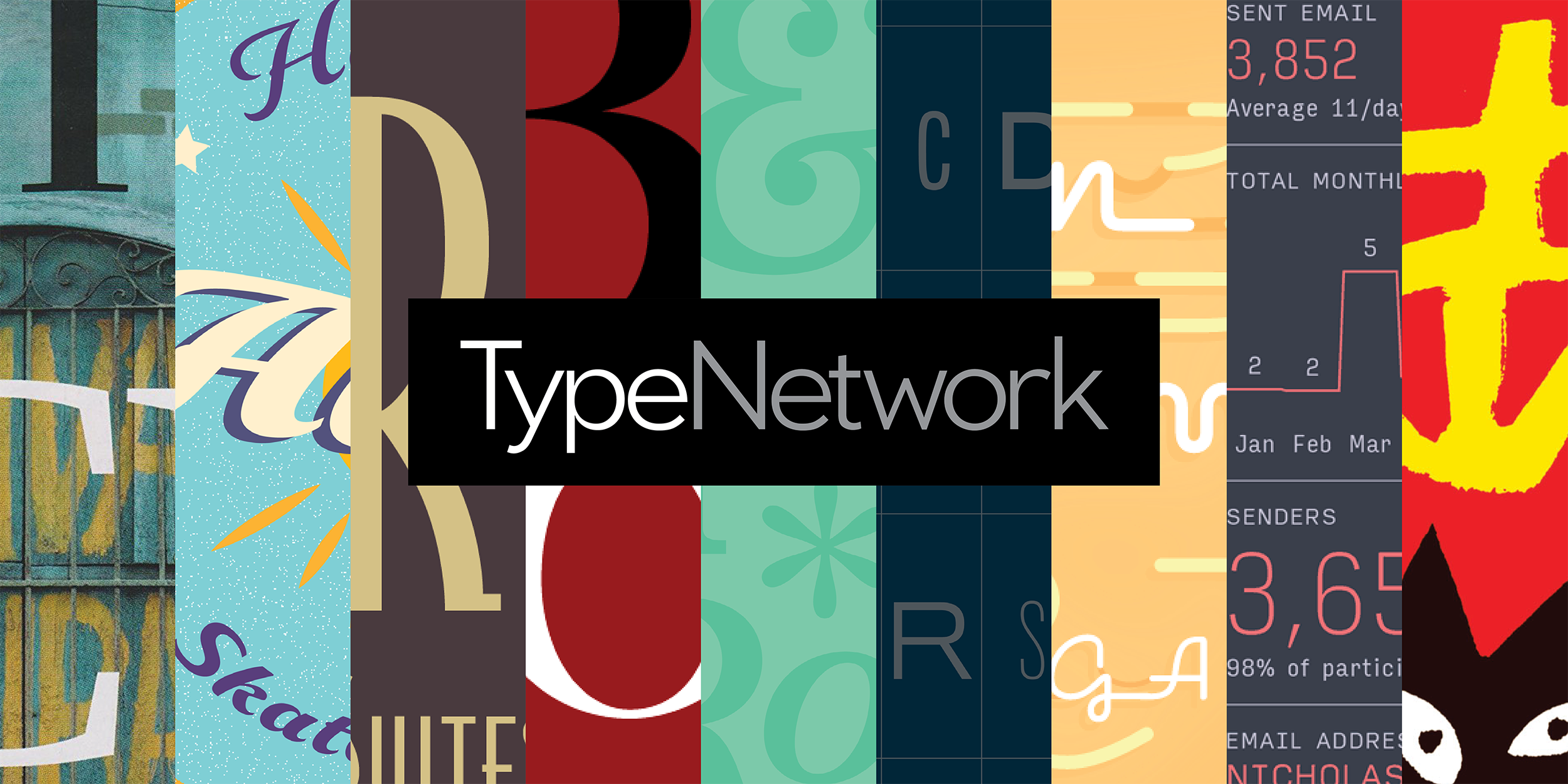
The Spry Group has been collaborating with Web Type and Font Bureau on TypeNetwork: a new platform bringing together the best type designers in the world with an advanced system for browsing and licensing their typefaces.
We developed TN’s site from the ground up to provide a desktop-like user experience. Behind the scenes our flexible services oriented based architecture allows for easy scaling and simplifies building new features. In short? TypeNetwork is built from the ground up to evolve with the users’ and markets’ needs.
So let’s see what TypeNetwork has to offer! We’d also like to thank a list of people for their work on this project, and share a little back-story about how it came together.
How Talking Sensors Are Automating Energy
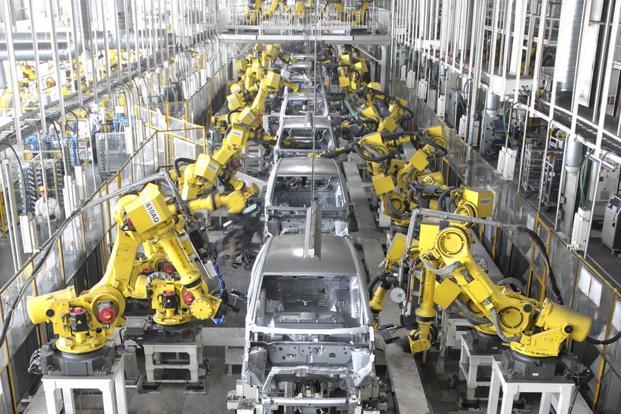
We love seeing the Internet integrated into everything from automobiles to smart homes. And As we move at light speed towards a true Internet of Things, a real revolution is happening in the energy sector.
All of us have enjoyed some form of automation in our lives for decades. Thanks to big industrial manufacturers like Siemens, GE, and Allen and Bradley. In refineries, chemical processing plants, auto manufacturers (and many more), automation has become synonymous with progress.
But a fundamental paradigm shift is taking place right now. In the past, we relied on robust, high-powered systems that ran on expensive and highly proprietary systems. That time is over. Revolutions in automation technology and lower costs are redefining what we can do with sensors.
How to Find Data in the Energy Industry

To say there is a surplus of energy data would be an understatement.
Today’s energy producers have more resources than ever before to understand the energy we use. Why is this the case? Here’s a data chain to consider:
- Government regulatory bodies require utility companies to publish this data.
- Businesses collect data and develop performance benchmarks based on data aggregated from multiple sources.
- The utilities themselves collect data from their equipment.
- This data can then be analyzed to get a clear picture of what is going on plant-wide (or on a more granular level).
In short, we’re swimming in data.
And with vast resources come grand opportunities. Startups can take advantage of this information-rich economy to help energy companies improve their bottom line, produce less pollution, waste fewer of their resources, and run far leaner operations.
3 Businesses Using Data to Change the Energy Game

Ben Franklin once said: “A Penny Saved is a Penny Earned.” And while saving a single penny might not be as appealing these days, saving billions upon billions of pennies is a very exciting prospect. And that’s what we help energy companies do.
Small Improvements In Energy Data Analysis Can Make a Big Difference
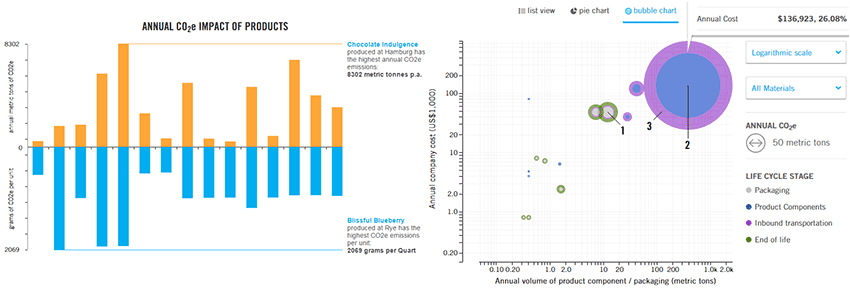 CoClear Carbon Output Charts
CoClear Carbon Output Charts
At The Spry Group, we help companies understand their data. Our goal is to use data and analysis to help your business not only save money, but also increase efficiency, reliability, and profitability.
We are excited by the potential of energy data to improve outcomes for our businesses, our homes, and the environment. Here are some examples of what we can do with data for energy providers:
Proud Sponsor of New York Energy Week
Every day, each of us is affected by the energy around us. Solar, wind, geothermal, water, coal—energy matters.
Here at The Spry Group, we make it our mission to understand the effects of energy on companies and the environment at large. That’s why we’re incredibly excited to be working on this year’s New York Energy Week (NYEW).
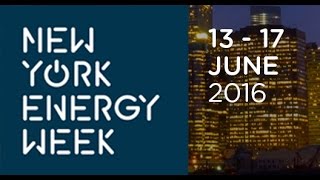
Mocking Mysql queries with Sinon.JS
We’re practitioners of test driven development. On a recent node.js project we had a need to mock the interactions of a few classes with MySql. We quickly turned to our trusty friend Sinon.js to get the test setup. We couldn’t find any good examples online, so we decided to make one.
TL;DR; Check it out on GitHub
D3.js – Charts Are Just The Beginning
There’s been a lot of buzz about D3.js as of late. It seems everywhere you turn you see it: the New York Times, MTV, CNN, and the Washington Post. It’s becoming ubiquitous. The web is moving toward a more interactive and engrossing user experience, and D3.js is helping to lead the way. But we’re still just barely scratching the surface of what this library is capable of. The next generation of D3.js applications have the potential to redefine how we interact with data on the web.

CoClear Interview with CORE Impulse
Erika Whillas from CoClear was interviewed by CORE Impulse, an organization dedicated to showing rising entrepreneurs coming out of Columbia University.
“CoClear is a New York consultancy that delivers interactive life-cycle analyses (LCA) of consumer products. Its primary aim is to help companies better understand their impact so that they can make better products.”
- Erika Whillas
Agile Project Management with GitHub Issues
Our team depends heavily on GitHub Issues for project management. It has taken a while to develop a workflow that maps GitHub’s features to our Agile workflow. This is an overview of the life of a project and the life of an issue in our workflow.
I am assuming you’re familiar with agile project management that uses difficulty estimation and velocity to project delivery dates.
Vagrant in our Continuous Integration Pipeline
I’m a big fan of Vagrant. It allows me to work on on just about any platform in any language without making a mess of my host operating system and my actual development environment.
At Spry Group, I’ve been building out our continuous integration infrastructure for both our internal work and client work. I desparately wanted to be able to use Vagrant. I wanted to have one build agent for all projects without any dependency or version issues.
I had three concerns going into the setup.
- How well would the jenkins build agent handle ‘vagrant’ and virtual box?
- Would I get the right exit codes if jenkins used vagrant ssh to run the build scripts.
- Would I be able to get the package assets I needed from the shared folders.
Welcome to The Spry Group Blog!
Welcome to The Spry Group blog.
We’re a consulting firm based in NYC. We like to build tools to explore data, share information, and streamline people’s lives so they can focus on what is most important. We’re constantly exploring new technology, looking for ways to do more with less.
In our web development practice we’ve been adopting the CMS-Free approach to building web sites as David Cole discusses in the Development Seed blog.
This blog is generated with Jekyll, comments are provided by Disqus, Prose.io is used for editing the blog, and it is hosted on GitHub.
We have a static site, a browser based editorial tool which supports previews, and best of all it’s hosted for free on GitHub Pages. No databases, no app servers, no scaling issues. Talk about doing more with less.



